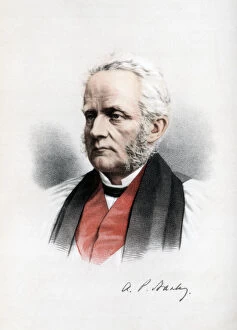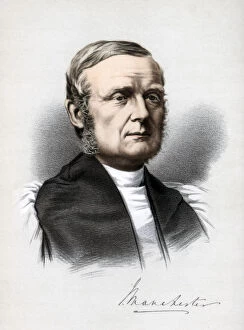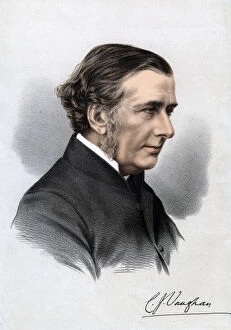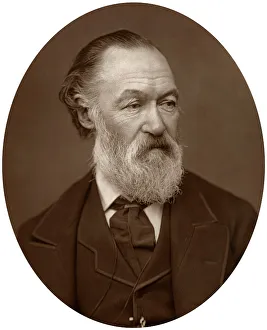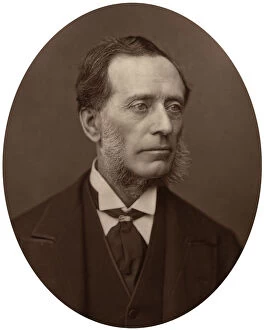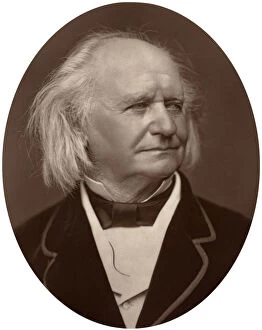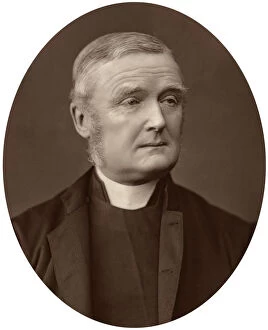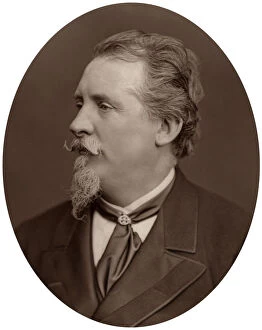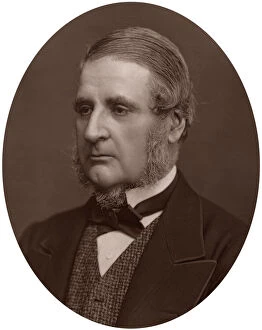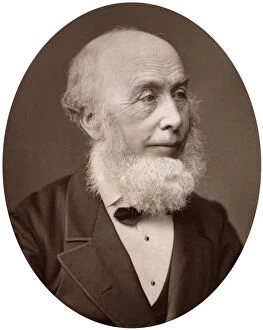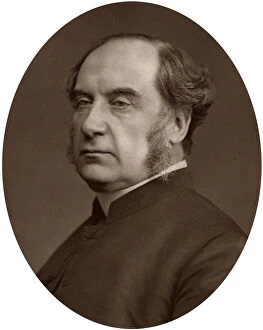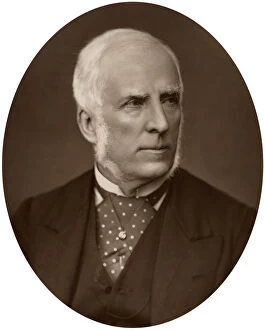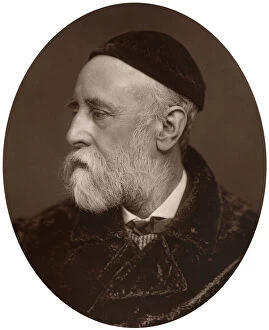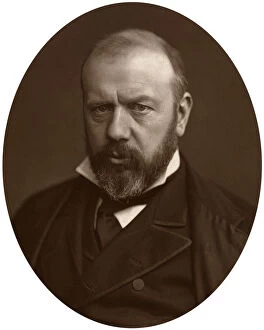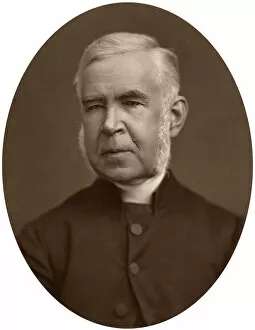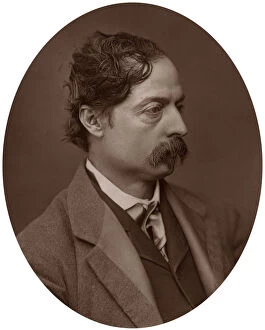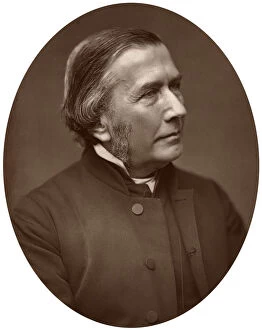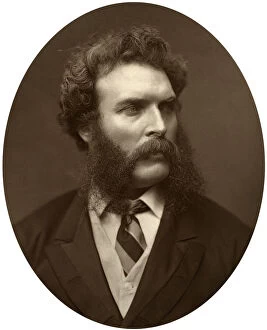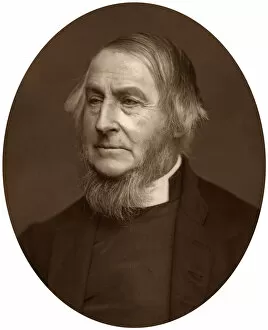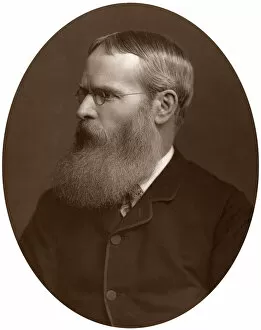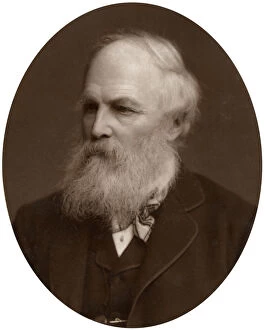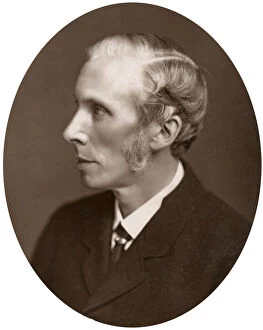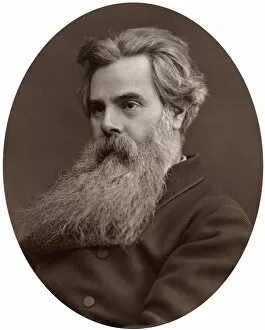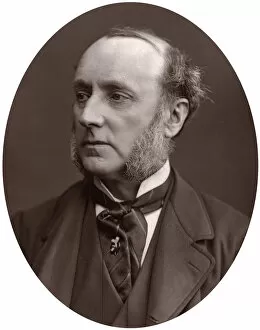Qualification Collection (page 4)
"Qualification: A Journey of Mastery and Achievement" In the realm of art, JMW Turner's portraits captured the essence of qualification
All Professionally Made to Order for Quick Shipping
"Qualification: A Journey of Mastery and Achievement" In the realm of art, JMW Turner's portraits captured the essence of qualification. With each stroke, Charles Turner immortalized the artist's brilliance in c1841 and c1827, showcasing his mastery. The pursuit extends beyond the canvas to realms such as politics. The intensity of an election campaign symbolizes individuals striving for validation and recognition. Just like the powerful aircraft soaring through the skies, Douglas TA-4J Skyhawk 158490 and 153672 represent pilots' unwavering dedication to qualification. These machines embody their skills honed through rigorous training. The Convair F-106B-31-CO Delta Dart 57-2507 stands tall as a testament to qualification in aviation. Its sleek design represents countless hours spent perfecting techniques that push boundaries. Paul Verlaine's Baccalaureat certificate from 1862 serves as a reminder that education is a vital step towards qualification. Through pen and ink on paper, this artifact encapsulates academic achievement. Guilds and trade objects like walking sticks and gourds made from wood & ceramic signify craftsmanship passed down through generations—a mark of expertise gained through experience. Charles Burney's portrait from April 1st, 1784 exemplifies musical qualification. Created by Francesco Bartolozzi, it captures Burney's talent as a composer—an embodiment of years dedicated to mastering his craft. James Tibbetts Willmore's portrait from 1830 reminds us that artistic skill evolves over time—qualification is not stagnant but ever-growing. Unknown creator or not, this piece signifies growth on one's creative journey. Capping ceremonies at Edinburgh University in 1845 showcase doctors receiving their qualifications—the culmination of tireless efforts in medicine. This event celebrates their expertise while marking new beginnings for patients' well-being. The Convocation in the Theatre painting from 1844 portrays scholars gathering to celebrate qualification.


